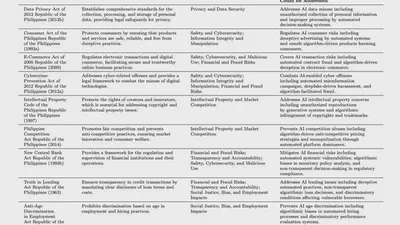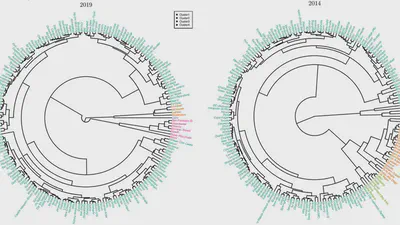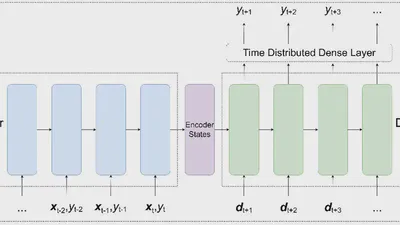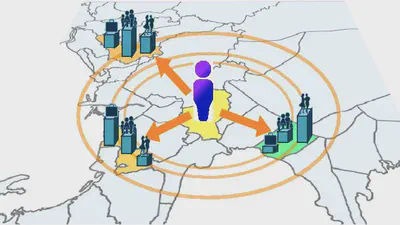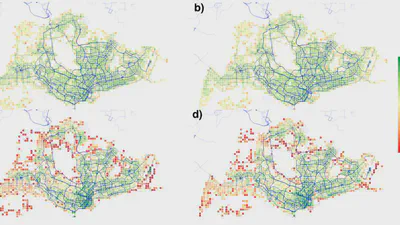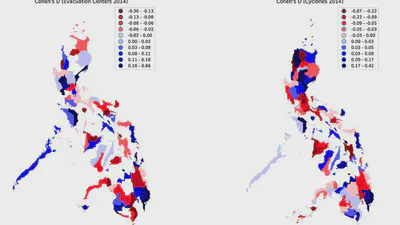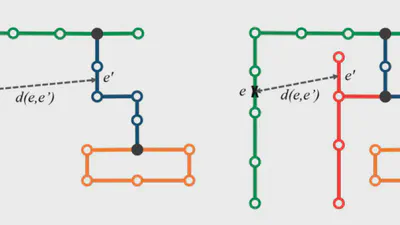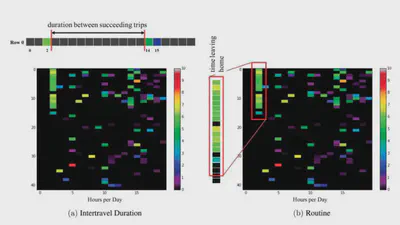Typology, network features and damage response in worldwide urban road systems
J.F. Valenzuela
•
•
1 min readInferring Passenger Types from Commuter Eigentravel Matrices
Here, using an ensemble of machine learning models, a procedure is demonstrated that classifies passengers (Adult, Child/Student, and Senior Citizen) based on their three-month …
